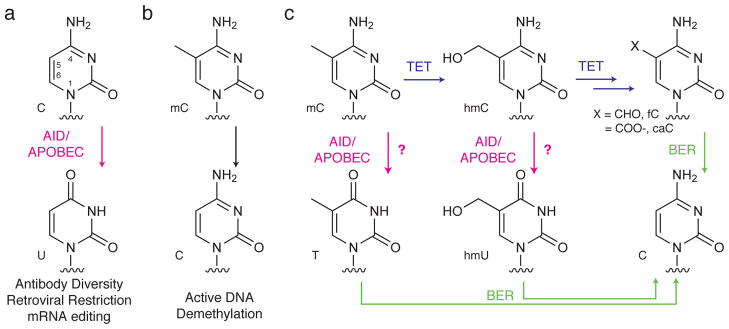Figure 1. Proposed non-canonical role for AID/APOBEC enzymes acting on modified cytosine substrates in DNA.

(a) Deamination of cytosine plays known physiological roles in adaptive immunity (AID), innate immunity against retroviruses (APOBEC3 enzymes), and mRNA editing (APOBEC1). These canonical roles involve deamination of cytosine to generate uracil. (b) By contrast, the proposed function of AID/APOBEC family members on modified cytosine residues remains poorly understood despite their implication in potential pathways for active DNA demethylation. (c) Proposed pathways for DNA demethylation. Deamination of 5-methylcytosine (mC) or 5-hydroxymethylcytosine (hmC), the product of TET-mediated oxidation, could generate thymidine or 5-hydroxymethyluracil (hmU), respectively. Base excision repair (BER) could subsequently excise the deaminated bases and replace them with unmodified cytosine. An alternative deamination-independent pathway involves iterative oxidation, generating 5-formylcytosine (fC) or 5-carboxylcytosine (caC). BER-mediated excision of the oxidized cytosine would result in reversion to unmodified cytosine.
